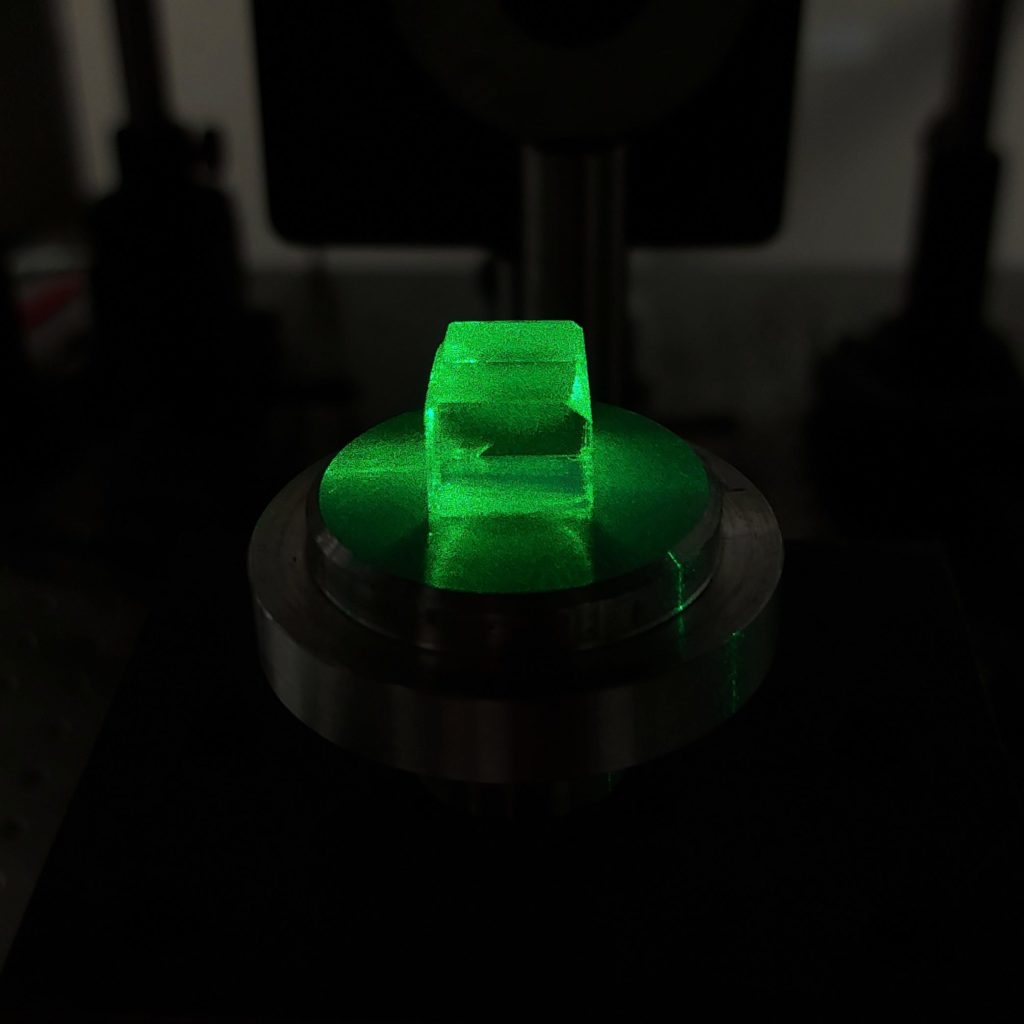Our research activity is focused on the experimental study of disordered solids such as glasses and colloidal systems. Our final goal is to unveil the microscopic origin of the peculiar properties of these fascinating systems and possibly foster the development of new materials for specific applications.
What is a disordered solid?
Glasses, toothpaste, mayonnaise and even the foam over your cappucino are a few of the many disordered solids in our life. Although apparently different, these systems share a disordered structure, as liquids, with a macroscopic solid behavior. This bizarre situation becomes even more complex if both space and time are considered. Indeed, disorder implies the lack of any regular pattern, but amorphous systems can have some degrees of order at given length scales. In addition, solid does not imply a totally frozen dynamics and if one could wait long enough even the window glass will flow. Finally, these systems are metastable and sooner or later they will crystallize.
Why are disordered solids important?
Glasses are an emblematic example. Glassmaking dates back to at least 6000 years ago but glasses and the glass transition are still puzzling research topics. But if a trial-and-error approach has given us superb glassworks, we crave for a deeper understanding that could lead to tailored materials for specific applications. One of the main problems is that relevant properties such that thermodynamic quantities, transport coefficients or elastic moduli do not depend only on structure or dynamics but rather on an often complex interplay among them.

(photo credit: SDSClab@UniTN)
How do we study disordered solids?
Our approach is mainly experimental, often complemented by theory and computer simulations.
Materials are in most cases prepared in house with appropriate synthesis protocols. Their structural and dynamical properties are then investigated with different techniques including: Raman and Brillouin spectroscopy, photon correlation spectroscopy, dynamic light scattering, and X-ray diffraction.

(Photo credits: SDCSlab@UNITN)
Experiments are done in Trento and are supported by results obtained at Large Scale Facilities. Indeed, we routinely carry out X-ray scattering studies at synchrotron radiation sources such as Elettra (Trieste, Italy), ESRF (Grenoble, France) or PETRAIII (Hamburg, Germany) but also at the new free electron laser facilities like FERMI (Trieste, Italy), LCLS (Stanford, USA) and XFEL (Hamburg, Germany). We also carry out neutron scattering experiments at the nuclear reactors like ILL (Grenoble, France) or MLZ (Garching, Germany).
We also carry out an intense activity to develop new instrumentation. Innovative experimental set-ups are designed and realized in-house to tackle specific scientific problems. Moreover, we have participated in projects to design new instruments for Large Scale Facilities or to apply our laboratory-based techniques to specific industrial applications.

